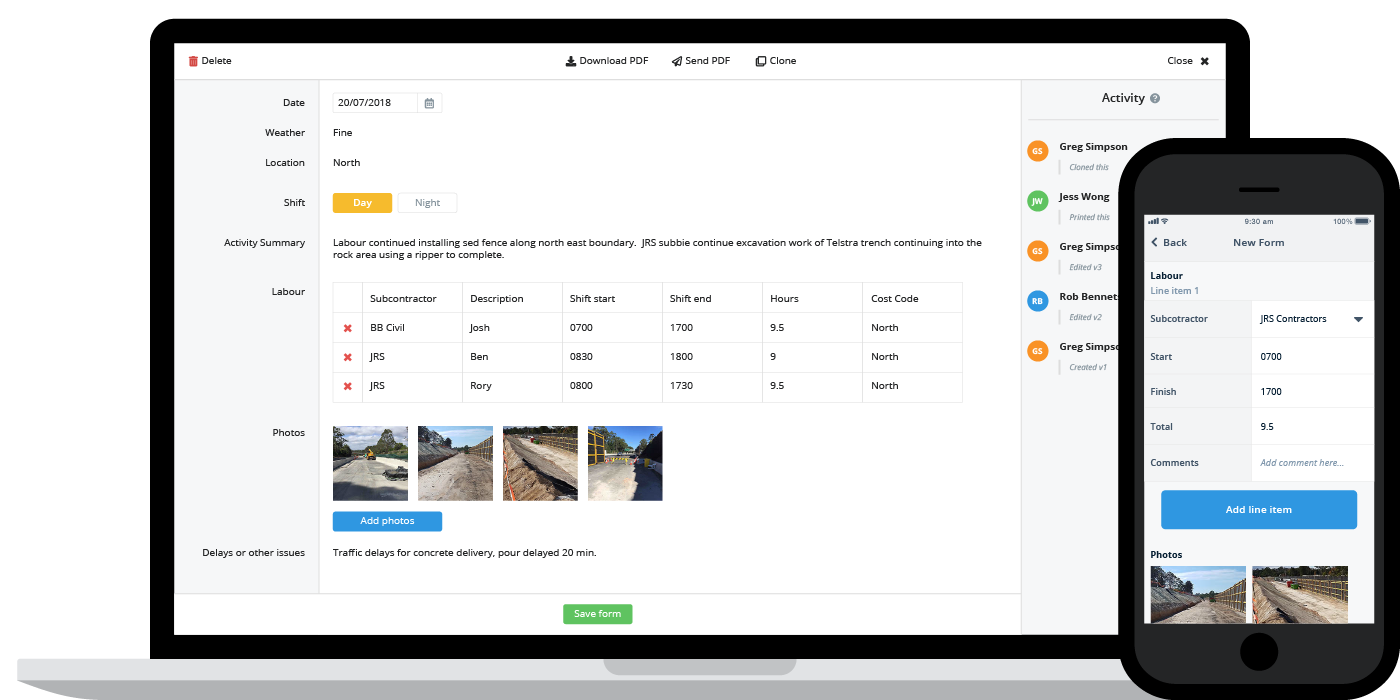Cost performance index

Cost performance index: What you need to know about CPI
What is cost performance index (CPI)?
Cost performance index is one of the key measures associated with earned value management, which is a strategy and process for calculating and understanding project performance.
The definition of cost performance index is that it represents the amount of work completed on a project for every unit of cost which has been spent.
In simple terms, cost performance index simply measures the cost efficiency of your project, by taking your actual earned value thus far and dividing that by your earned costs.
If your cost performance index ratio is greater than one, then your numerator is greater than your denominator, which means your earned value is greater than your actual costs, which means you have generated more value than you have paid for - which is good.
If your cost performance index works out to be less than one, then the opposite is true - and you have generated less value than the sum of your costs - which means you are over budget and not delivering enough value for each unit of cost.
The two key pillars of earned value management are costs and time (schedule). If your project is on budget and on time, and your other key functions are performing well (quality, safety etc.), then your project is very likely on track and on track to generate a profit.
How do we find our cost performance index?
Like most elements of earned value management and analysis, we find our CPI using a cost performance index formula.
This formula enables us to input our own project numbers relatively easily, and calculate our own CPI for this specific phase of work or project.
Finding your cost performance index is relatively simple. You calculate your current earned value, and divide that number by your actual costs incurred over the same period you used to calculate your earned value.
Earned value / Actual cost = CPI
Our cost performance index in and of itself is helpful. We can instantly see how we are performing on a cost basis, as compared to what was planned.
Another strength of the CPI and its sibling TCPI (to complete performance index) lie in being able to make more accurate forecasts based on what has happened to date.
Many different variables can impact and effect our initial budget at completion and pre-project forecasts. Many earned value formulas enable us to course-correct once a project has started, rather than letting the project get away from us - and negatively impacting the perceptions and actions of all project parties.
Cost performance index example
Let's take a look at a simple cost performance index example to better understand what this would look like for a small construction company.
- The initial budget for the project was $200,000
- The builder scheduled the project to last for 12 months, and they are currently 6 months through
- So far, 60% of the work has been completed
- So far, the builder has spent $100,000
We can us all of these numbers to find our cost performance index. First, we just need to calculate our earned value.
EV = % work complete x BAC = 60% x $200,000 = $120,000
Now we just plug this EV number into our next equation along with our actual costs to find our CPI:
CPI = EV/AC = $120,000/$100,000 = 1.2
Cost performance index analysis
As we can see above, we are performing very well on this project, and have really strong cost efficiency. A CPI ratio of above 1 (one) puts us in the green - and means we have been more efficient than 'planned'.
We have generated $120,000 in value, while only paying $100,000, meaning we have generated an additional $20,000 in value from our initial budget or prediction.
Doing a cost performance index analysis on good outcomes like this is always much easier than when the result is undesirable.
We may put this strong CPI down to productivity improvements, lower costs, less disruptions than expected or a number of other variables. Analysing this number is still important when it's positive, because it enables us to understand where we are improving and double down on those things. Maybe we have a specific supervisor or team who regularly achieves >1 CPI's, and we should be looking to apply these learnings to other projects. We also don't want to be setting the bar too low. If our projects are able to easily achieve expected efficiency, then we may need to increase the bar - or we may be undercut by other companies in the long run.
If the CPI had been <1, then we would want to do a CPI analysis on what made us less efficient than expected. It may be something obvious like extreme weather or a team of workers quitting, or it may be more subtle. Getting to the bottom of these issues is critical to building a more efficient business and delivering projects on time and on budget.
Knowledge is power, and cost performance index provides us with some great real-time insight.
Where CPI can fall short
All KPI's including safety KPI's, financial KPI's and others have their shortfalls, which project managers and companies need to be aware of.
The main shortfall of any EVM metric is not in the measure or result, but in how it is perceived and applied. No single metric can tell us the full story, and so it shouldn't be relied upon to do so.
The other obvious area where CPI can fall short is in the data which is being input into the calculation. Many companies in construction and other heavy industries don't have super accurate and reliable data.
Many companies are collecting cost and earned value data on piece of paper in the field, and manually entering crucial cost data into spreadsheets. This increases the chance of human errors, illegible numbers finding their way into spreadsheets, and crucial inputs being lost or misplaced. And when it does get to the project manager who is working on cost performance index and other measures, it's often delayed or late.
To combat this data capture and organisation problem, many companies have started using real-time tools and technologies - like Dashpivot.

These smart integrated management systems drastically reduce the chance of human and information movement errors. Workers document what's happening on site or in the field as it happens, and all of this information is piped into a central system where it can be accessed and manipulated into the project managers desired format.
When thinking about the different types of costs on a project, from materials, to labour and everything in between, being able to digitise how all of this information is collected and integrated is massively beneficial to your CPI calculations - as well as the actual costs associated with your projects (good systems save massive amounts of time for expensive humans).
Cost performance index is an incredibly powerful project management tool, but its power stems from the quality and speed of the information informing these measures.
The two key outcomes of good project management are delivering on time and on budget, but there are thousands of inputs which are compounded every day to improve your chances of achieving positive outcomes on a cost and schedule basis.
People in 100+ countries use this software to track and organise project costs in real-time.
